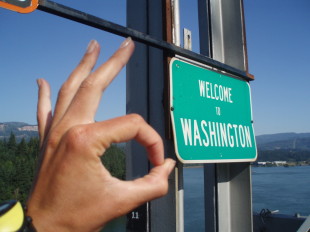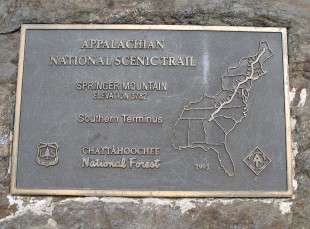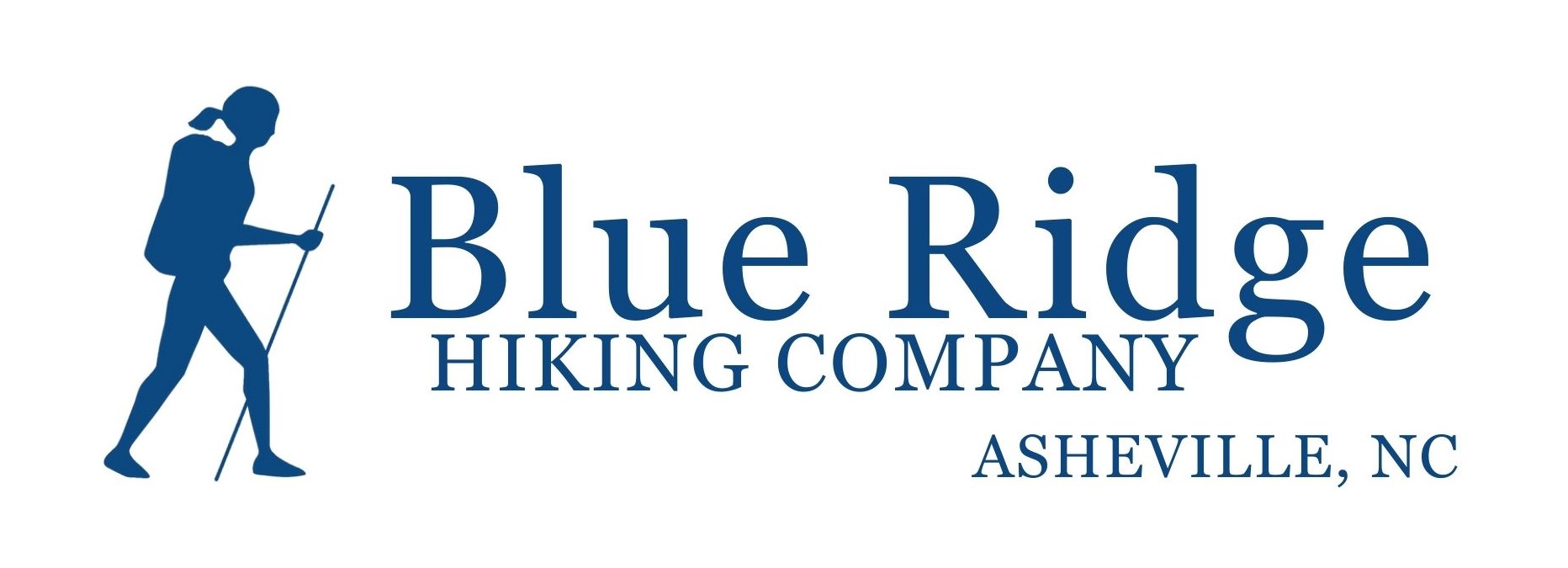A few thousand folks will toe the Appalachian Trail this year with the goal of hiking the entire length of the trail. A few hundred of those folks are using their hike to raise awareness for a cause or raise money for a non-profit.
Fundraising can be a way to enhance your trail experience and leave a lasting impact on a deserving community or humanitarian organization. When I hiked the Pacific Crest Trail in 2006, I sent support letters to friends and family and raised $10,000 for Habitat for Humanity. After the hike, I partnered with Blue Ridge Mountain Sports in Charlottesville and we raised an additional $10,000 through a one-day community hiking challenge.

Raising $20,000 is nothing to sneeze at (side note, I literally just sneezed when I typed that) and I loved volunteering on a construction site that fall and knowing that my 2,663-mile walk helped partially fund a home for a single mom with two children. I felt even better knowing that 100% of the donations received went to supporting a non-profit.
I am ALL about HIKING and FUNDRAISING. But I think it is important to keep a few things in mind when mixing the two.
1. Try to do most of your fundraising OFF of the trail.
Recently I was in Hot Springs, NC on a hike with Blue Ridge Hiking Company. While I was there, I talked to several business owners in town about the upcoming thru-hiking season. They were nervous and excited about the next few months, knowing that their businesses depend on thru-hikers. Several of the folks I spoke with mentioned that hikers who fundraised often asked for free goods or services as well as a monetary donation (and some even felt entitled to these gifts). Most of the businesses along the trail make a modest income and some of them barely scrape by. If a business offers to support your hike or your cause, then that’s awesome. But don’t make an Appalachia entrepreneur feel guilty for not supporting a hiker because he is trying to feed his family and pay a mortgage.
2. Consider the hand that feeds you.
If you raise money by running a marathon or training for a triathlon you still have to pay an entry fee for the race. That fee goes to support the planning, administration, and logistics of putting on the event. When you use the Appalachian Trail to fundraise for another organization you should still “pay” your respect to the organization that protects and preserves the trail. At a minimum, consider becoming a member of the Appalachian Trail Conservancy. Better yet, consider donating a portion of the funds that you raise to the A.T.C.

3. Make a personal investment.
One reason I liked working with Habitat for Humanity is because they made all future homeowners invest in their homes financially and through sweat equity. There were no free handouts. Everything had to be earned. If you want to use your hike to be a fundraiser, then try to pay for your on-trail expenses on your own. My first thru-hike, after college, was funded through baby-sitting and summer jobs. I didn’t have great gear. Quite the contrary, I had an external frame pack, synthetic sleeping bag, and I used a mop stick as a hiking pole. If you are able to save up a few thousand dollars to hike the trail, then 100% of what you earn will go to the non-profit you are hiking for! And, after all, isn’t that what you are hiking for?!
Above All: When you fundraise the trail can be a positive life-changing experience for you - and for others. I hope that you consider the thoughts and perspective of this hiker & previous fundraiser. But, MOST OF ALL , I want to thank you and commend you for your willingness to hike the trail and help those in need.
Now that's trail magic ; )







Comments
Zach Davis
March 14, 2014 - 10:03pm
All great points.
But most of all - the new site design is AWESOME!
Craig Henley
March 14, 2014 - 10:59pm
Great points! I love your writing style and the new site.
Roman Khomlyak
December 15, 2014 - 11:17am
Hello, good blog, Try this trail http://www.beautifulwashington.com/mount-rainier/hiking/paradise/263-pin... very beautiful